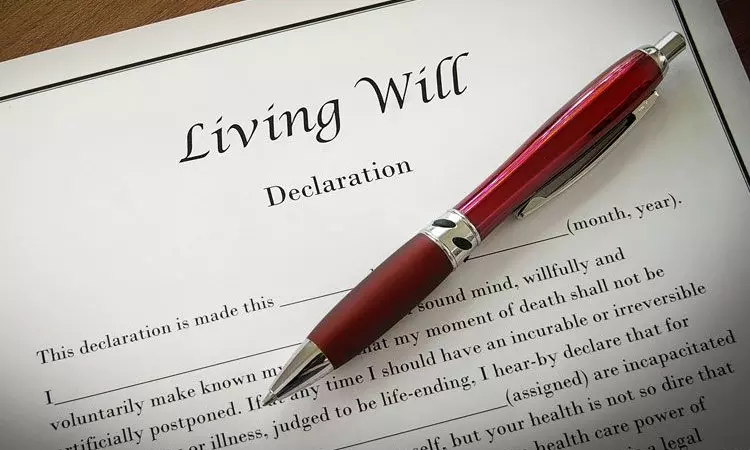Is There A 'Right To Die With Dignity'?
Manuraj Shunmugasundaram and Haripriya Venkatakrishnan
30 Oct 2021 10:23 AM IST

Over the last eighteen months of the pandemic, we have seen a drastic increase in the number of patients entering critical care and requiring Life-Sustaining Treatments. Consequently, hospitals have had to facilitate end-of-life decisions when there is little or no scope for recovery. On February 17, 2020, the ICMR issued Consensus Guidelines on 'Do Not Attempt Resuscitation' with comprehensive protocols on when and how the doctors can refuse Cardio-Pulmonary Resuscitation (CPR). However, there is still a vacuum with respect to issues pertaining to terminating life support and allied issues. These developments have revived questions around the Right to die with dignity, especially in the context of terminally ill patients who choose to refuse life-saving treatments.
Jurisprudence
The jurisprudence around right to refuse treatment has evolved over the course of time. of the Constitution of India states that no person shall be deprived of her life or personal liberty except according to procedure established by law. It is trite that this Article contains, within it, the right to live with dignity.
The Hon'ble Supreme Court in P. Rathinam v. Union of India 1994, while recognising the right to die with dignity struck down Section 309 of the Indian Penal Code (Attempt to commit suicide) as unconstitutional. However, this decision was subsequently overruled by the Constitutional Bench of the Hon'ble Supreme Court in Gian Kaur v. State of Punjab 1996. The Supreme Court held that suicide, being an unnatural termination of one's life, is 'incompatible and inconsistent with the concept of - right to life'. However, the Supreme Court had left it open whether a terminally ill patient has the right to die with dignity. In Aruna Ramachandra Shanbaug v. Union of India 2011, the question of legality of passive euthanasia was looked into and the Supreme Court reiterated that right to life does not include the right to die.
In the case of Common Cause v. Union of India 2018, the Supreme Court had an opportunity to deal with the issues pertaining to right to refuse treatment and the right to die with dignity. It was then that the concept of 'living will' as an 'Advanced Medical Directive' was introduced. The judgement in Common Cause v. Union of India 2018 goes on to recognise the right to die with dignity and how it can be exercised.
Right to Die with Dignity
Though the recognition of the right to die with dignity is a major development in jurisprudence, the Supreme Court has specified conditions on how this right can be interpreted. Firstly, it has been made clear that suicide and active euthanasia do not come within the ambit of right to die with dignity. Secondly, the judgement issues directions as to how a terminally ill patient could draft a "living will". Though the ICMR Guidelines takes note of the judgment in Common Cause v. Union of India 2018, there is no judicial endorsement, as yet, of Advance Medical Directives such as DNAR forms. Nevertheless, many hospitals have started accepting DNAR forms as per the ICMR Guidelines under medical best practices.
During the pandemic, there has been an increase in the number of patients who may not be saved by medical treatments and who would wish to give Advance Medical Directives as to withdrawal of Life Support or 'Do Not Resuscitate'. The legal sanctity of any such Advance Medical Directive is yet to receive judicial endorsement but nevertheless, it is a definitive step in the direction towards realisation of the Right to Die with Dignity. The Supreme Court has indicated the existence of a legislative vacuum in this regard and it is now up to the Houses of Parliament to enact a law and consequent rules to provide legal sanctity and authority to Advance Medical Directives so that this valuable right is comprehensively realised.
About The Authors: Manuraj Shunmugasundaram is Partner and Haripriya Venkatakrishnan is Intern with Ganesan and Manuraj Legal LLP.
Views are personal


